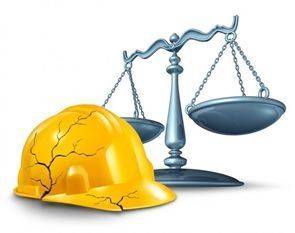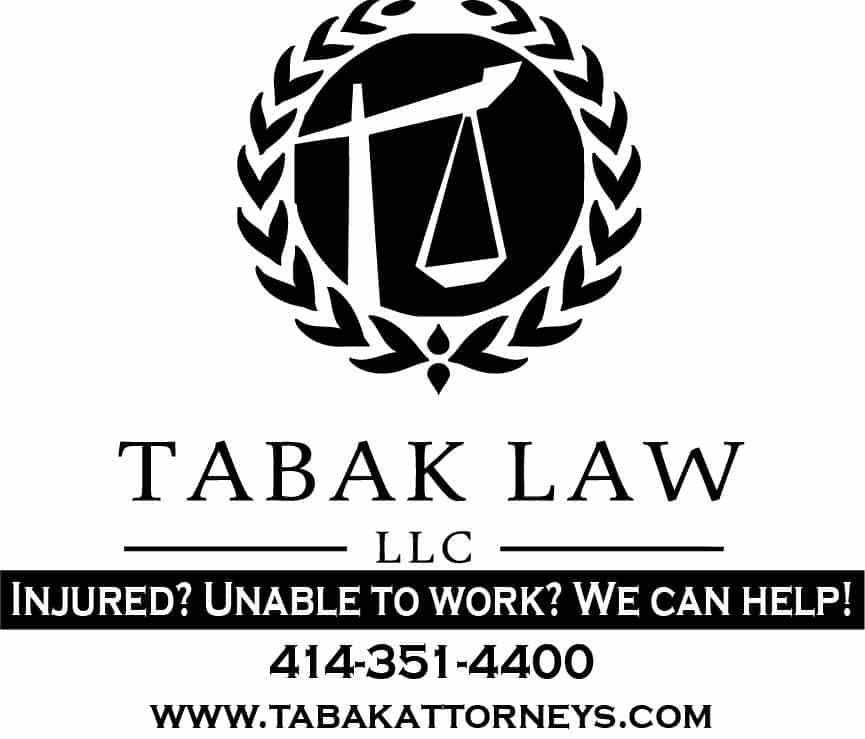At Tabak Law our experienced team of Wisconsin worker’s compensation attorneys understand that not every Wisconsin workers compensation claim follows a simple and straightforward path. That is why we are here to help you along the way. If you have been injured at work contact Tabak Law for a risk free consultation to ensure you are getting the Wisconsin worker’s compensation benefits you deserve. Understanding the Wisconsin workers’ compensation settlement chart is key to knowing what to do and where to go.
Regular Conceded Claims
-
Report of Injury by the Employee
An employee reports a work related injury or illness to the employer as soon as possible after the accident, or after becoming aware of the injury. In most situations this report should be made within 30 days. However, the employee must report the injury to the employer within two years in order to qualify for worker’s compensation. If, however, the employer knew or should have known about the injury, the statute of limitations for making a claim is 12 years. In the case of occupational disease and certain traumatic injuries, there is no statute of limitations.
-
Report of Injury to the Worker’s Compensation Insurance Carrier
An employer is required to report all work injuries or illnesses to its worker’s compensation insurance carrier within 7 days after actual knowledge of the injury. If the injury is a fatality, however, the report must be made to the insurance carrier within 24 hours. The employer must also report medical only claims to its insurance carrier.
-
Report of Injury to the WC Division
Insurance carriers must electronically report all lost-time, compensable injury claims to the WC Division within 14 days after the date of injury. If the injury is a fatality, however, the employer must make this report–on paper–to the WC Division as well as the insurance carrier within 24 hours.
-
Payment and Other Related Information Reported to the WC Division
Within 30 days following the date of injury the insurance carrier must electronically report both the WKC-13 Supplemental Report and the WKC-13A Wage Information Supplement to the WC Division. The WKC-13 is a record of all payments (TTD, TPD, Salary Continued., PPD, etc.) made to the injured employee. If there is more than three weeks of lost time, an amputation, surgery or PPD a final medical report must also be reported (via fax or mail) to the WC Division.
Disputed Claims
-
Injured Worker Files Application for a Hearing
An injured worker has six years from the date of injury or the date of last compensation payment to file with the WC Division an application for a formal hearing before an Administrative Law Judge (ALJ). Litigated claims whereby the applicant is not represented by an attorney (pro se) are identified by Dispute Resolution Staff (DSR) and an attempt is made to avoid a formal hearing through informal mediation. If a formal hearing cannot be avoided, DSR staff ensures the file is complete and ready for hearing. A pre-hearing conference with an ALJ will also be held for certain pro se claims, in order to narrow the issues and explain the hearing process.
-
Hearings are Scheduled

Applications for hearing are normally assigned to an ALJ on a first-in, first-out basis. Hearings are generally held in the municipality of the applicant’s residence. Once assigned, all parties involved in the case are notified in writing of the date, time and location of the hearing.
-
Formal WC Hearing Held
The ALJ hears evidence presented by both the respondent and claimant at one or more hearings. Most disputes are resolved with one hearing. About two-thirds of all for a hearing are settled without a formal hearing actually being held. Many of these are compromised or stipulated.
-
Decision Rendered
The ALJ issues a decision within 90 days after the close of the record, which usually means 90 days after the hearing. The typical decision is issued in less than 50 days.
-
Appeal to Labor Industry Review Commission (LIRC)
Within 21 days after the ALJ issues a decision either party may file a petition for review with LIRC.
-
Appeal to Circuit Court
Within 30 days after the LIRC decision either party may start an action in the circuit court of the county in which he or she resides.
-
Court of Appeals
Within 45 or 90 days depending on when the notice of entry of judgment is served, either party may appeal to the Court of Appeals.
-
Wisconsin Supreme Court
Within 30 days after the Court of Appeals decision either party may file a petition for review with the Supreme Court.



